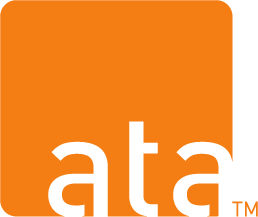As WIC State Agencies adopt and implement new telehealth solutions to support WIC services, it’s important to consider health equity in the development and implementation of these solutions. Vendors need to take into account the varying needs of their users and consider ways to make the technology accessible to all. THIS-WIC interviewed telehealth vendors to get their insights on health equity considerations and highlighted several obstacles and solutions to support equitable access to technology.
Assess readability throughout all aspects of the telehealth solution
A crucial consideration for health equity is ensuring that the solution content is readable and understandable for all users. Vendors need to consider both literacy levels and technological literacy of end users and work with State Agencies create content that is easy to understand and navigate, ensuring that none of the content is written or presented in a way that’s difficult to comprehend. Wherever possible, vendors and State Agencies should work together to develop content that leans heavily on graphics and images rather than just written content to convey important information.
Create a telehealth solution that offer features that work in low-bandwidth settings

Another important consideration is creating a tool that can work in low-bandwidth settings. Not all users may have access to high-speed internet or cellular data, so vendors need to make design decisions that allow for a more streamlined, efficient tool. Excluding certain design elements can make the app faster to load and more efficient overall. Vendors may also want to consider developing tools that allow content to be accessed offline.
Ensure budget includes cost for translations
Additionally, it’s essential to ensure that the budget for developing solutions includes the cost of translations. Users may need content available in a number of different languages. Translations are time-consuming and expensive, but they’re necessary to ensure that the tool is accessible to all users. As one vendor noted, “… the cost of translating [content] into one or more languages has actually been something that we did not expect to be a huge cost and didn’t expect to be such a huge undertaking. So that’s also a huge barrier, I believe for WIC programs and states.”
As WIC telehealth expansion continues to grow, it’s crucial for WIC State Agencies and vendors to consider the varying needs of WIC participants and to create solutions that promote health equity and help ensure all WIC participants have access to the services they need, regardless of their background or circumstances.





